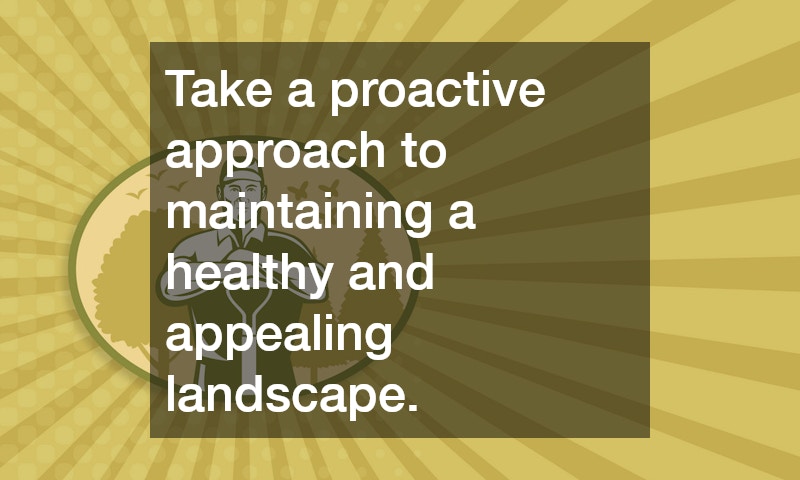For business owners, maintaining an attractive and well-watered landscape around commercial properties is essential. A lush, green landscape not only improves curb appeal but also creates a positive first impression for customers and clients. However, when an irrigation system isn’t working properly, it can waste water, drive up utility costs, and even damage the plants you want to showcase. In this post, we’ll look at some common irrigation repair needs that business owners may encounter—and how to handle them.
1. Broken or Clogged Sprinkler Heads
Broken or clogged sprinkler heads are one of the most frequent issues that impact irrigation systems. Sprinkler heads can be damaged by landscaping equipment, foot traffic, or just from wear and tear over time. When a sprinkler head is broken, it may spray water unevenly, or even fail to deliver water altogether. Clogs can also obstruct the water flow, creating dry patches that can impact your property’s overall look.
Solution: Broken sprinkler heads should be replaced as soon as possible. To fix a clogged head, unscrew the top, flush out any debris, and reinstall it. Conduct routine checks on your sprinkler heads, especially in high-traffic areas, to ensure they’re operating correctly. Regular inspections help prevent small issues from escalating into larger, more costly repairs.
2. Leaking Pipes or Valves
Leaks in the irrigation system’s pipes or valves can occur due to soil shifts, invasive roots, or seasonal changes like freezing and thawing. Leaks are particularly concerning because they waste water and can raise utility costs significantly. If not addressed, they can also create soggy spots around your property, leading to muddy areas that detract from your business’s appearance.
Solution: Detecting the source of a leak can be tricky, but addressing it quickly is crucial. If a valve is the issue, it may need to be tightened or replaced. For leaks in pipes, you may need to dig around the affected area to access and repair or replace the damaged section. Using durable materials and ensuring pipes are buried at the correct depth can help prevent future leaks and minimize disruption.
3. Malfunctioning Controllers
An irrigation controller allows you to schedule watering times and zones, ensuring each part of your property gets the water it needs without wasting resources. When a controller malfunctions, however, it can lead to irregular watering schedules, overwatering, or missed zones—leaving parts of your landscape parched.
Solution: If your controller isn’t working properly, first check for loose wiring or power issues. Sometimes, a simple reset or reprogramming can resolve the problem. If the controller continues to malfunction, consider upgrading to a newer model. Modern controllers offer improved functionality, including weather-based adjustments that can conserve water and reduce costs by preventing watering during rain.
4. Pressure Problems
Inconsistent water pressure is another common issue for irrigation systems. Low pressure results in poor coverage, leaving dry spots that can diminish the appearance of your landscaping. Conversely, high pressure can lead to misting, wasting water and causing an uneven distribution pattern.
Solution: Use a pressure gauge to check water pressure in your system. Adjust as needed to keep it within the recommended range (usually around 30-50 psi for commercial systems). Low pressure could be due to leaks or clogs, while high pressure may require a regulator to keep it at an optimal level. Regularly monitoring your system’s water pressure helps ensure your landscape remains green and inviting.
5. Zones Not Activating
When certain zones aren’t activating, it can lead to inconsistent watering across your property. This issue is often due to electrical problems, a faulty valve, or a malfunctioning controller, and can affect the appearance and health of your landscape.
Solution: First, check that all wiring connections are secure and the power supply is functioning correctly. If the problem persists, the issue might be with the valve or solenoid (the part that opens and closes the valve). Replacing the solenoid or valve can usually resolve the issue and ensure all zones are watered consistently.
By understanding these common irrigation repair needs, business owners can take a proactive approach to maintaining a healthy and appealing landscape. Whether it’s fixing broken sprinkler heads, repairing leaks, or upgrading outdated controllers, keeping your system in top shape will save water, reduce utility costs, and ensure that your commercial property looks its best. A well-maintained landscape enhances your brand and creates a welcoming environment, so it’s worth investing in the care of your irrigation system.




